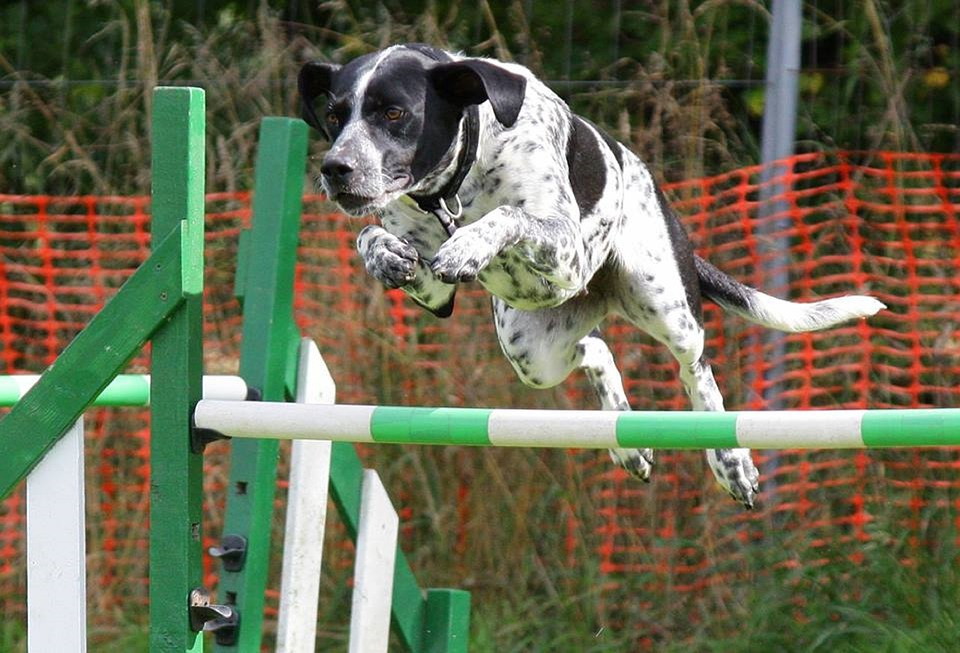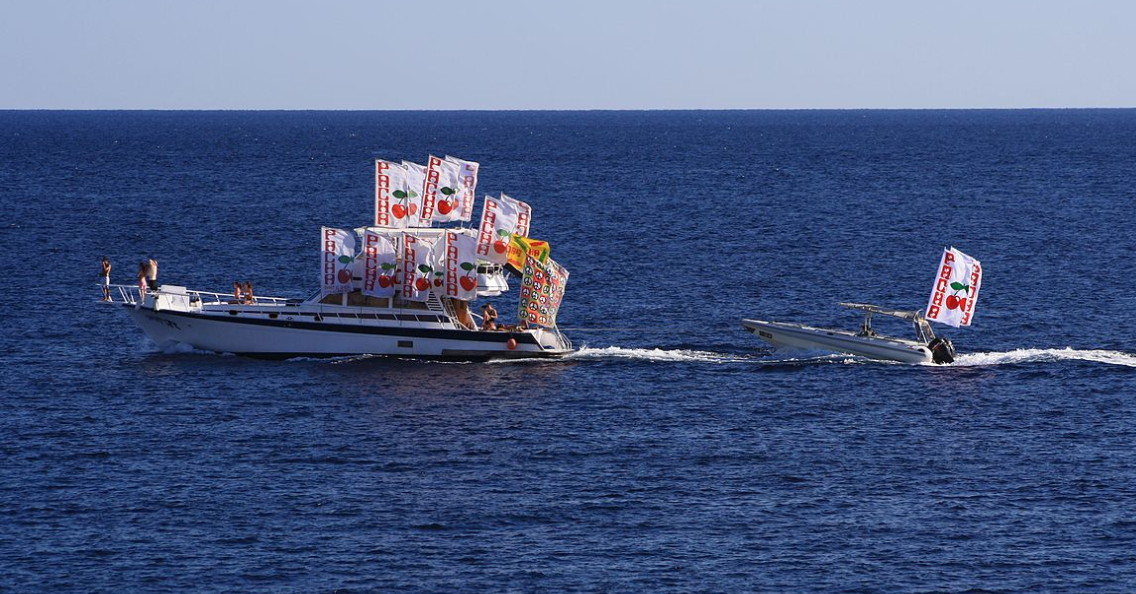Dr. Michael Porter gave a very good presentation titled What Is Strategy in 2008 (Michael Porter, June 3, 2008, Business Strategy Executive Education Briefing, What Is Strategy, #20080603 – SBSCA). As readers of this series know, I and many other strategy professionals regard him as one of the best strategy academics in the world. One of the things he said competitive strategy is not is competing to be the Best. “What?” I thought. This flies in the face of probably most of the mission statements available for firms in the U.S. The word ‘best’ will be found somewhere in the majority of them. Knee jerk reactions might include, “Of course we want to be the best” or “That just sounds un-American to not want to be the best”.
This article will explore this notion a little further. And the key message here is found in the implied tenses of the verb be in the title above. To Be is a static form of the word. Via Being is a dynamic form of the word. And as you are sensing where this article will go, being static in today’s world is not good.

I will use a very recent client example as the basis for my comments, but it will be disguised. The business is a major new venture start-up and I trust that this mini-case study will be generalizable to other settings. You will notice in this example that geographic location (major metro areas versus smaller regions) is a key aspect of competitive strategy. Also, this is a more mature Business to Consumer competitive space that has current customers who are buying from current competitors, so there is a prior proof-of-concept. In other words, this example is not a first-of-a-kind invention, which would be unique by definition. You will notice I build a most likely scenario of what usually happens in this kind of competitive space. I defer from the extreme negative but also I defer from the extreme upside where a business could get lucky and be immune from the “laws” discussed here for quite some time. Finally, the version of Best discussed here is one of picking and choosing the best products and services that are in existence today and building “the best and the brightest” new business from what is already being offered. Other versions of Best exist. Let’s name this business “Best and Proud” (B&P).
After approaching my thirty-sixth year of doing competitive strategy work, here is my conclusion: the for-profit firm should indeed compete via being unique and not the try to become the best, unless the management team is almost super-human. As usual, I think Dr. Porter is correct, even though I was at first skeptical. I poured over all of my prior strategy engagements plus looked really closely at my most recent engagements while in progress. Sure enough, I think the desire and energy to compete to be the best have more pitfalls than good things. And I think that competing via being unique has no downside, only neutral or upside. OK let’s get into this mini-case study and observations.
As I mention above, B&P is a major new venture start-up. We can see the notion of competing to be the best versus competing via being unique play out very clearly in the case of the major new start-up. While this article series is about growing the value of the established for-profit firm, sometimes it is useful to look at these issues in and around the major new start-up. Here the venture has been at least seed funded by investors, has on paper at least a very clear competitive strategy and the team is chomping to get at it and win by being …. the best, usually. And as I have written in this series, the major new venture start-up does not have the suite of barriers that the established firm has. (Click here for the Four Barriers in the Established Firm article).

I have been fortunate to have worked with a several major new ventures over the years. If we can observe the principals in this kind of a major new venture start-up with some seed money to study the competitive space and refine the competitive strategy, what do we usually see them do? They travel far and wide and study existing businesses that are identical to the planned venture. Also the principals can assess similar ventures in adjacent competitive spaces as well. They typically say “We like this aspect from competitor A, this one from competitor B, this one from this similar and adjacent business” and so forth. Most of these observations are at the level of observable products and services. Sometimes the competitive due diligence will discover some aspect of back-office infrastructure in terms of a software package or set of tools, but the focus is mostly on the exciting observable products and services. Out of these analyses comes a picture of what this kind of business looks like at the current time period of being the crowning best in the industry. This approach provides a picture (not a vision yet) of how good and how best this kind of business can be at a given current time period. Naïve investors become excited that they will be a part of something really cool that will be the best in the space and from their view unique enough.

What is wrong with this approach for the major new venture and for the established firm that is the focus of this series of articles? Indeed, the established firm goes through these due diligence steps for any major new initiative, or it should. The quick answer: in today’s world you will be the best for about four minutes if the underlying business case for which you are planning is sound. Well longer than four minutes but you get my hyperbolic point. Notice there are existing customers who are using the current now “inferior” players. Usually in a B2C space, like the one B&P is in, the larger current players will be in larger metro areas where sufficient demand resides. And we are highlighting a business for which some physical presence is required by customers and not a pure Internet play. As I state above, we know there is at least some demand for this kind of product and service and thus proof-of-concept in the current competitive spaces is evident. And if the venture can take this “best” package to say a smaller geographic region (because they know the players from the metro regions will most likely not follow them into a smaller region where there is room for only one “best” player like B&P), investors and management may feel a degree of invincibility at the perceived profit protection that this move engenders. Recall Warren Buffet refers to profit protection as building an “economic moat” around a business.
Again what is wrong with this? It is this: those “inferior” larger players, again probably in larger metro areas, will not sit still. They almost invariably have direct competition within their region that they have to worry about and will, if they desire to grow the value of their business, be investing in new and upgraded products and services and infrastructure. So the competitive dynamics will cause churn. Here is a scenario we can bet will happen. Joe is a customer in the smaller locale with the current best-in-class player B&P and visits say Houston or Dallas at one of the heretofore “inferior players”. Joe finds that they have upgraded with new dazzling and cooler technology and new services and maybe some new cool sourced products for their display cases. Joe goes back to the now former best player B&P and says, “… You won’t believe what X and Y have done”.

All of a sudden this throws the balance in B&P’s competitive strategy and cash flow generation into question. If B&P decides not to match these upgrades and if it has honesty as one of its business values, it can no longer tout in its marketing that it is the “state of the art” business in any region, much less than in its smaller region. If the larger metro area is close enough, some of B&P’s customers may travel there and pay the same in prices as they pay at B&P (because holding price points constant will probably be part of these competitors’ enhanced pricing approach – i.e. “more for the same”). But Joe from above gets to enjoy the new upgraded services and products. He is just out the travel costs from the smaller locale. If B&P decides to upgrade, it will most certainly have to increase price points for its customers and/or seek further financing from investors, thus potentially diluting their share of ownership.
I could go on with this example from B&P. The obvious conclusion is competing to be best can be and usually is a trap, certainly in this kind of competitive space. Focusing on upping products and services can be a never ending game. We usually enjoy the ego rush of being best for only a short while. What is the alternative?
The alternative is to compete to be unique by being unique on an ongoing basis. Notice competing to be the best in our example is at the level of observable products and services for the most part. In competing via being unique, the focus is on observable products and services as well, but more importantly on the underlying Processes, Activities, Resources, and Competencies (PARC) that are difficult to copy in the short to mid-term. This suite of things generates any current suite of products and services, like the ones B&P currently offers. (Note in the long term almost anything is copyable – thus the mandate for innovation, which is the topic of another article).
These hard-to-copy PARCs include the following:
- performing the activities in the firm’s value chain (steps from inbound logistics and supply chain to after-sales-customer service) uniquely compared to any current rival. Think of IKEA here in relation to most other furniture retailers. Notice unique here does not have to be “best-in-class” activities. What is required is a suite of activities uniquely performed, even if they are mundane.
- “boring” decisions on infrastructure – software, hardware, and tools that are configured to be hard-to-copy.
- the role of an R&D function and process and a matching new product/service development process that produces torrents of new ideas.
- a customized “voice of the customer” process.
- a customized strategy development and strategic planning process that adds value very efficiently for the management team. This is the process that allows the firm to keep ahead of current and emerging “unstoppable trends” in a way that is very fast and requires the minimum, prudent amount of work. In other words, strategic planning need not be akin to writing a doctoral dissertation.
- a totally novel manufacturing or “transformation” process that makes products and services no competitor can reverse engineer in the short to mid-term.
- a real corporate culture (not window-dressing) that showcases and rewards the right kind of values via a culture making and improving process.
- a strategy execution approach and process that executes at “lightning speed”.
Let’s call this package your “economic engine” and it is the basis for competing via being unique. Note the italicized word process in all of the items. Process discipline and process innovation is a key enabler of competing via being unique. Process discipline and innovation are actually very difficult to perfect, even though the words and phrases have been around since the early 1990s.
Why can’t a firm compete to be the best while competing via being unique? The short answer is it can. But as I state above this takes an almost super-human management team to lead and manage the different tensions inherent in competing to be the best versus competing via being unique. Competing to be the best in our example requires almost constant churn of considering adding new products and services in response to competitor moves. Competing via being unique is relatively more slow while the firm is building an unassailable “economic engine” to enjoy for years to come. I am launching a new research project to understand these dynamics even better and will report here with interim findings.
How could this play out for B&P? Well in the interest of space, here is where this could lead. The management team and investors expect (for sure) that this former best-in-class solution will be diluted by the crush of competition. It has at least three major choices: acquire like businesses to take competition and capacity out of the industry and gain economies from scale to lower COGS and other expenses subject to scale effects, play the upgrade game and hope the marginal players leave the industry by being acquired, or take this product and service configuration to other brand-new competitive spaces where there is little or no competition or use it to enter competitive spaces where the current competition has become complacent.

How does your firm view competitive strategy? To be the best or being unique? Which is best for your situation?
This article is part of a series on what causes a firm’s value to increase.
Dr. William Bigler is the founder and CEO of Bill Bigler Associates. He is a former Associate Professor of Strategy and the former MBA Program Director at Louisiana State University at Shreveport. He was the President of the Board of the Association for Strategic Planning in 2012 and served on the Board of Advisors for Nitro Security Inc. from 2003-2005. He is the author of the 2004 book “The New Science of Strategy Execution: How Established Firms Become Fast, Sleek Wealth Creators”. He has worked in the strategy departments of PricewaterhouseCoopers, the Hay Group, Ernst & Young and the Thomas Group. He can be reached at bill@billbigler.com or www.billbigler.com.
